A detailed guide to visit Doi Suthep Mountains
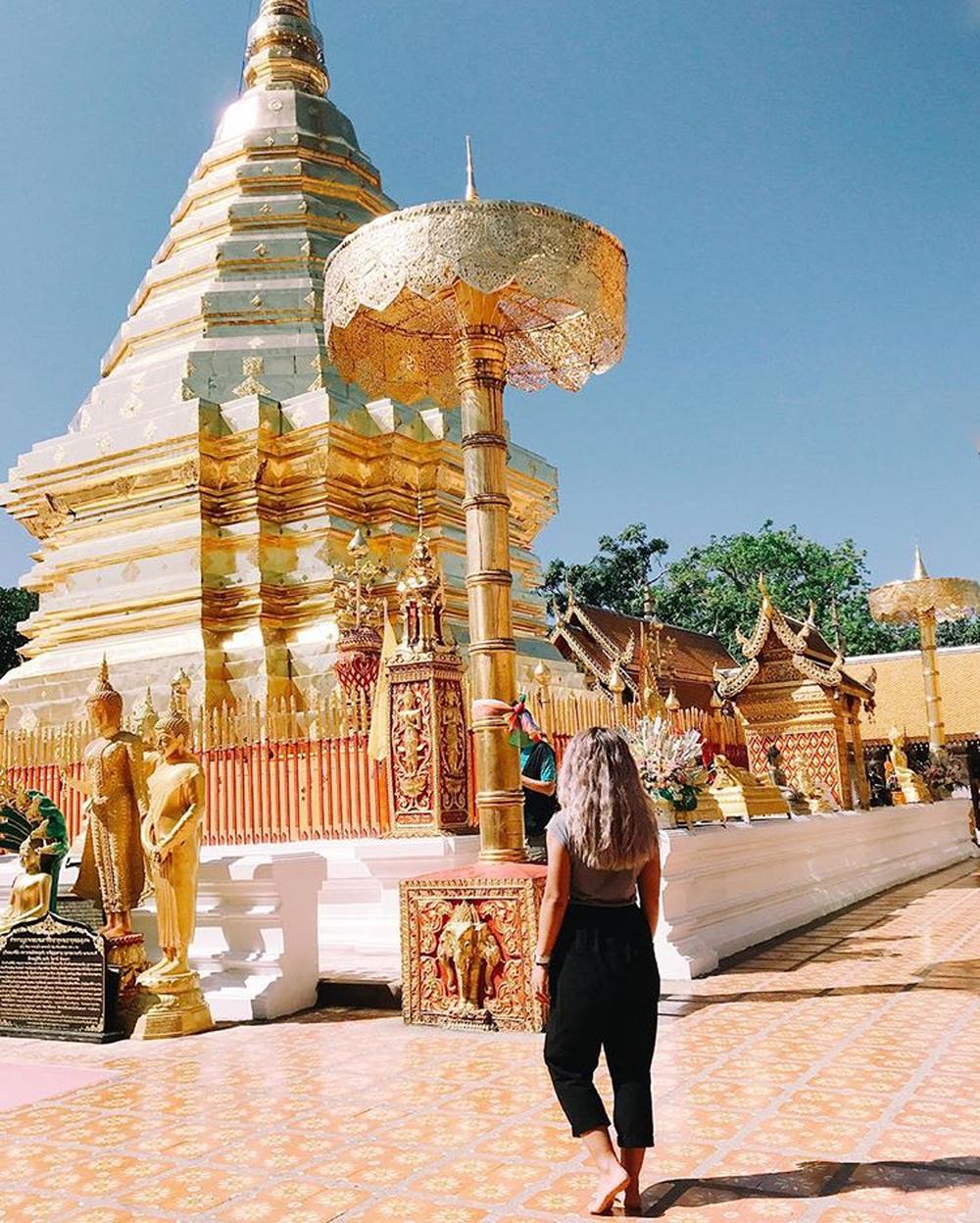
As it always has been, when we think of Thailand, Bangkok is soon to pop up as a number one holiday destination. However, there is a new addition to Thailand’s already booming tourism, that destination being Chiang Mai. A province of northern Thailand and a city of the same name, Chiang Mai delivers a more peaceful and relaxed vibe while matching the scale of the country’s capital. That is to say, Chiang Mai has its own plethora of winning attractions including Doi Suthep Mountain, which boasts a spectacular view from the mountain summit. Perching precariously atop Doi Suthep and overlooking the entirety of Chiang Mai like something out of a fairy tale, is Wat Phra That Doi Suthep. The temple is one of Chiang Mai’s leading draws, seeing thousands of visits each day. So, should you be planning for a trip here, you will need 'A detailed guide to visit Doi Suthep Mountains'.A bit about the Chiang MaiApproximately 700 kilometers or 435 miles north of Bangkok lies the city of Chiang Mai. As introduced above, Chiang Mai, which translates roughly to ‘New City’, is the capital of its provincial namesake and the largest city of Northern Thailand. However, before it was known by its current name of Chiang Mai, the city was once the capital of the Lan Na Kingdom between late 13th century and late 18th century, succeeding Chiang Rai, hence the name ‘New City’. After the following decade, it became a tributary state of Siam until the beginning of the 20th century and, eventually, home to the royal monarchs. Present day Chiang Mai still sits along the Ping River and is home to over one million inhabitants, constituting more than half of the province’s population. Additionally, the overall population of Chiang Mai province is made up of several ethnic demographics, such as the Hmong, Yao, Akha and Karen, the homes of whom are popular tourist attractions.Your introduction to Doi Suthep MountainFirst, let us address the mountain’s name, which is a two-parter, ‘doi’ and ‘suthep’. The former means ‘mountain or hill’ in Northern Thai dialect while the latter means ‘angel’. The same formula can also be seen in ‘Chiang Mai’, with ‘chiang’ being ‘city’ and ‘mai’ new. So, put two and two together and we have ‘Angel Mountain’, which only further reinforces the legend-inspired aesthetic at Doi Suthep summit.Doi Suthep, with the Wat Phra That Doi Suthep on its peak, is located 15 kilometers from downtown Chiang Mai. Overlooking the whole of Chiang Mai at 1670 meters, Doi Suthep and its slightly taller twin, Doi Pui, make up the Doi Suthep – Pui National Park.
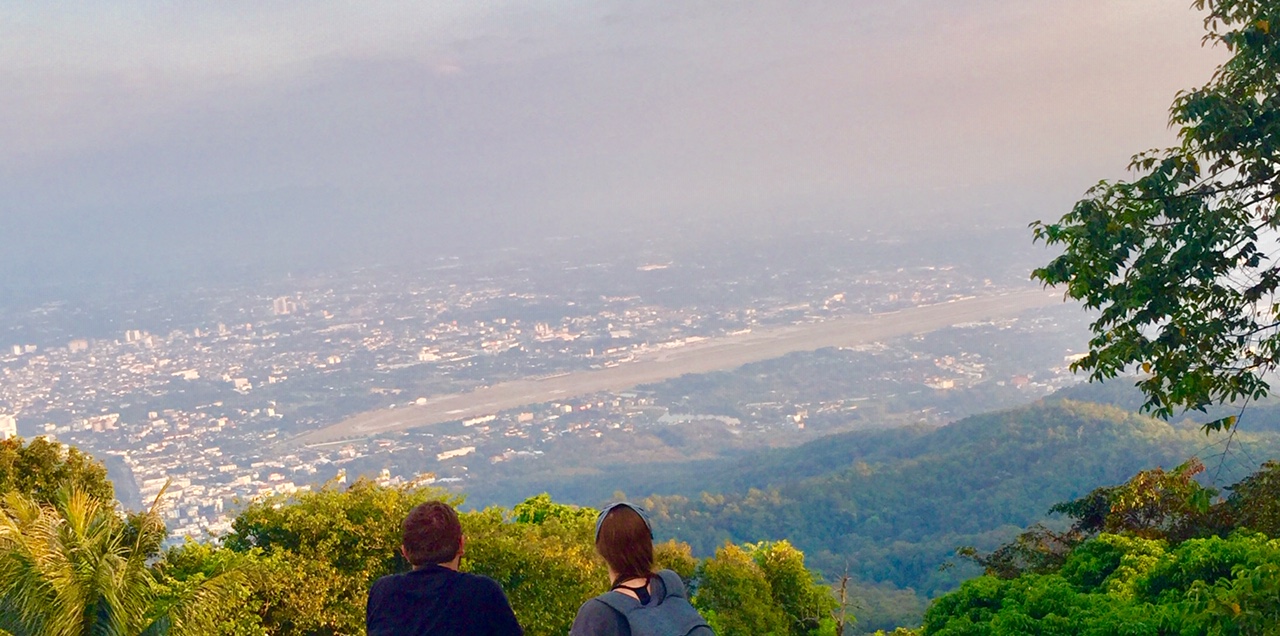
Both Doi Suthep and Doi Pui are part of the Thanon Thong Chai Range, where lies the highest vantage point in Thailand, Doi Inthanon, at 2,565 meters. Interestingly enough, the mountain, Doi Suthep, and the temple on its top are closely associated. As such, people often refer to the ‘wat’ as simply ‘Doi Suthep’ while the temple full name is ‘Wat Phra That Doi Suthep’.Get to Know Wat Phra That Doi SuthepIf you speak Thai, then the name is quite self-explanatory, but since most of us travelers are not exactly adept at the language, here’s what it means. As you can probably figure, ‘wat’ means ‘temple’ in Thai, and ‘Doi Suthep’, as mentioned, can be understood as ‘Angel Mountain’. That leaves us with ‘Phra That’, which means ‘the relic of Buddha’. So, the temple’s full name can be roughly translated to ‘The temple having Buddha’s relic of Angel Mountain’. And most of us will probably agree that ‘Wat Phra That Doi Suthep’ sounds much better than ‘The Temple having Buddha’s relic of Angel Mountain’.
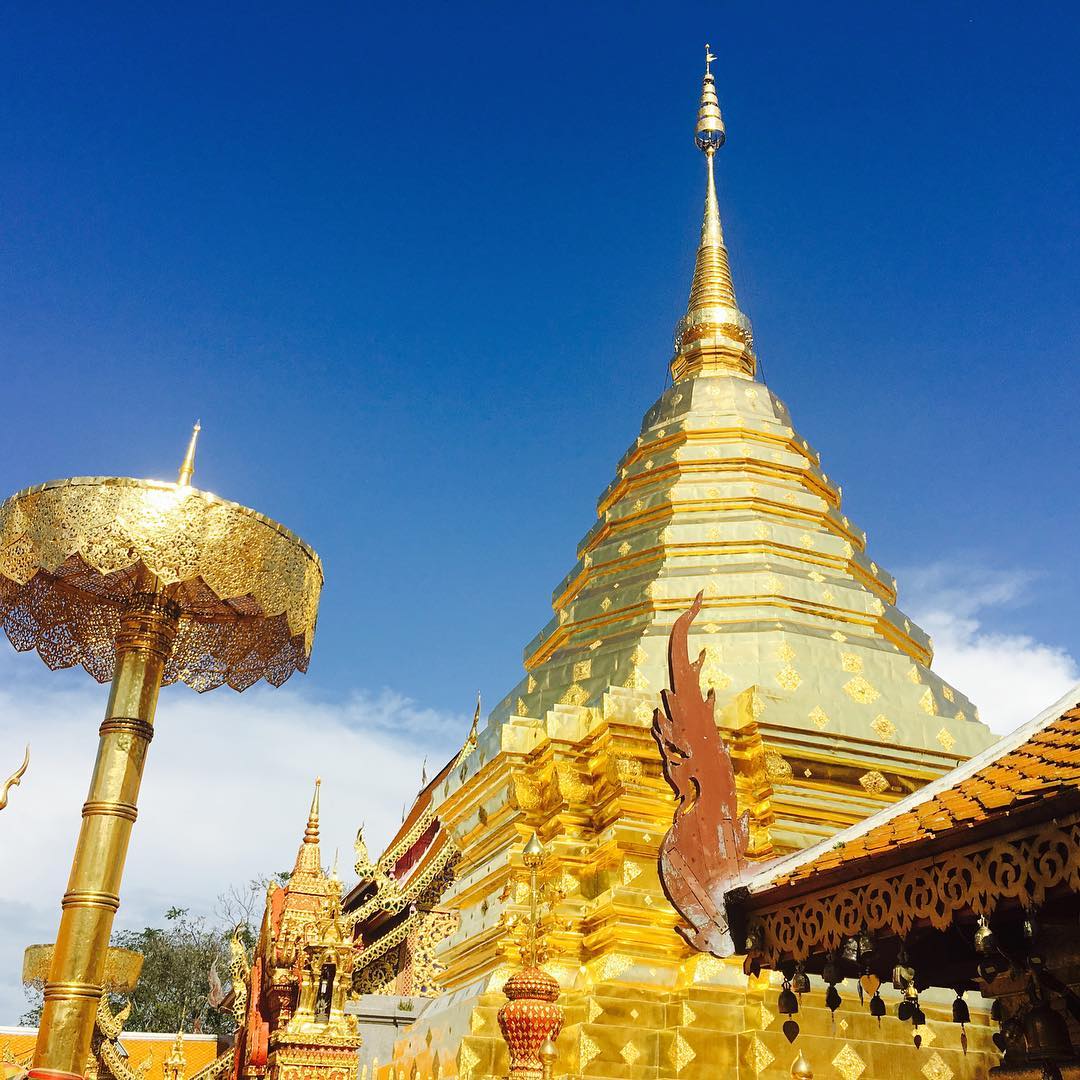
As a matter of fact, there is a legend that sheds lights on the temple’s name. It goes like this. There was once a monk from the Sukhothai Kingdom by the name Sumanathera who received a premonition. The vision urged him to seek a relic in Pang Cha and so he went. The said relic, which many at the time claimed to be Buddha’ shoulder bone, was rumored to possess magical traits. It can move on its own, vanish before the naked eyes, duplicate itself and emit light. Thus, needless to say, it was sought after by many, among them was Sukhothai’s king, Dhammaraja. Sumanathera, having found the relic, brought forth to bone to the king. However, at the king’s place, the relic exhibited no magical power and so Dhammaraja began to question its authenticity. Ultimately, he let the monk keep the relic.Meanwhile, another ruler, King Nu Naone of the Lan Na Kingdom, caught wind of the relic and asked Sumanathera to bring it to him. And so, with his host’s permission, King Dhammaraja, he brought the relic to what is now present day Lamphun, Northern Thailand. There, the relic broke in half. The smaller half was then kept at Wat Suan Dok whereas the other half was placed on a white elephant’s back by King Nu Naone. The mammal was then allowed to roam freely and, eventually, made his way to Doi Suthep. Once there, the elephant fulfilled his final role as herald by trumpeting thrice then passed away. At the site where the white mammal lay, King Nu Naone immediately erected a temple, which is what we know today, Wat Phra That Doi Suthep.The Wat is said to be established in the early 1380s when the first stupa, a hemispherical relic-housing structure, was built. With time, the temple grew in size, its grandeur expanded as more extravagant shrines were added. In 1934, a monk named Kruba Srivichai ventured to Chiang Mai for his plan of constructing a road to the temple, which received tumultuous support from the nation’s Buddhists and local ethnic groups. In 1935, the road was finally finished.What can you expect from Wat Phra That Doi SuthepIf you have set foot to the Thai Royal Palace or Wat Phra Kaew, then your expectations are undoubtedly high when it comes to Thai architecture. But rest assured, Wat Phra That Doi Suthep can deliver. Since the temple is relatively close to Chiang Mai, 15 kilometers to be precise, it can be reached by road. There, you can opt for the cable car to take you to the temple, or you can take the Serpent Steps. The ‘Serpent Steps’ are a 309-step stairway lined by gorgeously embellished Nagas leading straight to temple’s entrance. It is also the longest Naga balustrade in all of Thailand.Once inside the temple’s mountaintop premise, you will be immediately greeted by the sight of the central chedi, a structure 24 meters in height, safe-keeping the relic. On a cloudless sunny day, the chedi’s gilded exterior reflects every single ray of sunlight, brilliantly visible from far below. Up close, the chedi is a gold-plated structure, angular at the base, while the middle section is a series of ever smaller octagonal tiers. The upper section features a similar fashion except consisting of rings and a tiered chatra - a stylized umbrella - on top.

From the chedi, the supplement structures fan out symmetrically, surrounding the relic in a rectangle of hallways. Located at the north and south ends of the rectangle are two structures called ‘wiharn’. As opposed to the conventional parallel tri-tiered roof, the wiharns’ roofs comprise of only two tiers, which are of different angles. The front of each wiharn is ornately and intricately adorned by religious designs and golden colorful murals.To the far left of the temple are the snack bar for the weary and the souvenir shop for the collector among us. To far right of the temple lie the monks’ residence and the International Religion Studies. And if you venture to northernmost area of the temple, you will reach the museum. Nearby is where you can marvel at the whole of Chiang Mai from the top of Doi Suthep. The view from up here is simply breathtakingly stunning. Littered across the entire temple are various beautifully decorated religious sculptures, pagodas, shrines and bells for you to gaze in awe.
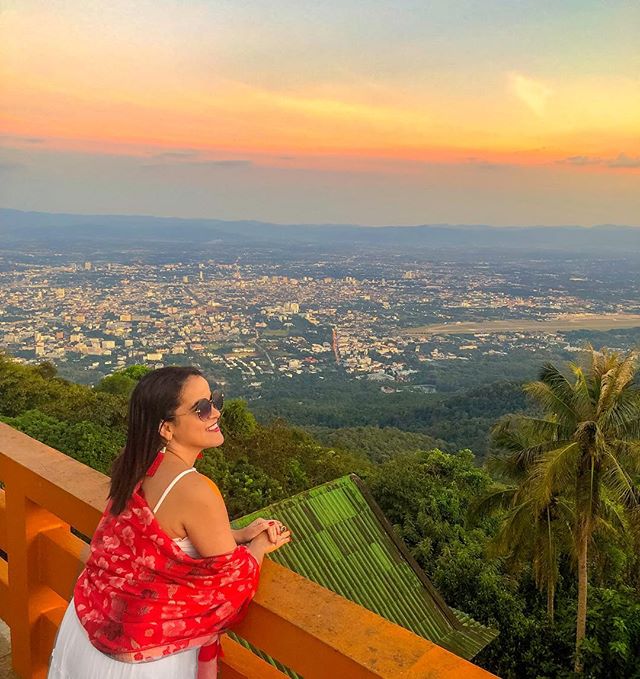
As the temple draws inspiration from both Buddhism and Hinduism, there are sculptures of the Emerald Buddha and the elephant-headed deity Ganesh. Another interesting attraction of the temple are the rakhangs, or temple bells, which Buddhists touch in hope of good fortune.What you need to know before coming to Wat Phra That Doi SuthepAs it is with all holy sites in Thailand, there is a dress code to follow. Tourists visiting the temple must dress politely: long dress or long pants whose length extend below the knees and cover up your shoulders. As for ladies, female visitor must wear shirt or blouse with sleeves and undergarments. Otherwise, bringing a shawl to wrap around will suffice. One more thing to take notice is that visitor must take off footwear before entering the temple due to the pristine tiled floor.The best time to visit the temple as well as the mountain is between December and March of the following year. The temple is open seven days a week, from 6 in the morning to 8 in the evening. Make sure to time your visit carefully as the temple can be quite crowded during the weekends. The 50-Baht-entrance fee is applied to anyone who opts for the tram. But for those who choose the Serpent Steps, their endeavor is repaid with only 30 Baht of admission fee. As for the park, the majority of attractions are free of charge. However, there is a 300 Baht fee for the Mon Tha Than Waterfall.On getting to the temple and Doi Suthep, you can either drive, hire a songthaew or hike there. For the first option, driving, start your journey at Huay Kaew Road, then head to Chiang Mai Zoo, zooming pass the Maya Mall on your way. Then you only need to drive until you see the road begin to widen revealing crowds and flags in the trees. The second option is to hire one of the red songthaews. For a single-person one-way trip, expect to pay 40 Baht. If you are travelling in group, then you can charter a songthaew anywhere in Chiang Mai and be driven to Doi Suthep via the same route above. Prices can range from 300 to 500 Baht.For the final option, should you have more than enough energy to spare, take Suthep Road, past Chiang Mai University to begin your hike. Once you encounter a green area and billboard sporting ‘Nature Hike’, go straight ahead for about 100 meters and take the first left. After that, just simply follow the road to the trail. After you have reached the base of the temple, you can choose between the Serpent Steps or the cable car to get to the temple on top.How to enjoy Doi Suthep to the fullestBesides the outstanding attraction that is Wat Phra That Doi Suthep, the mountain itself and Chiang Mai as a whole have so much more to offer. That is to say, as magnificent as the temple is, one simply cannot spend a full day there. Therefore, the best way to make good use of your time in Chiang Mai is to incorporate Wat Phra That Doi Suthep and Doi Suthep into your itinerary.As mentioned above, Chiang Mai is also the home of many ethnic groups, such as the Hmong, Yao and Akha. So, why not pay their settlement a visit once you have had an unforgettable experience at the mountaintop temple? You can start your day as early as 5 A.M to catch sight of the early sunrise from the observation area. After you have spent your time exploring almost every nook and cranny of the wat, journey to local hill tribe, Meo Pui Village for example, and have a taste of colorful costumes, unique culture and the native’s traditional life. For more information on this experience, pay Inspitrip a visit.
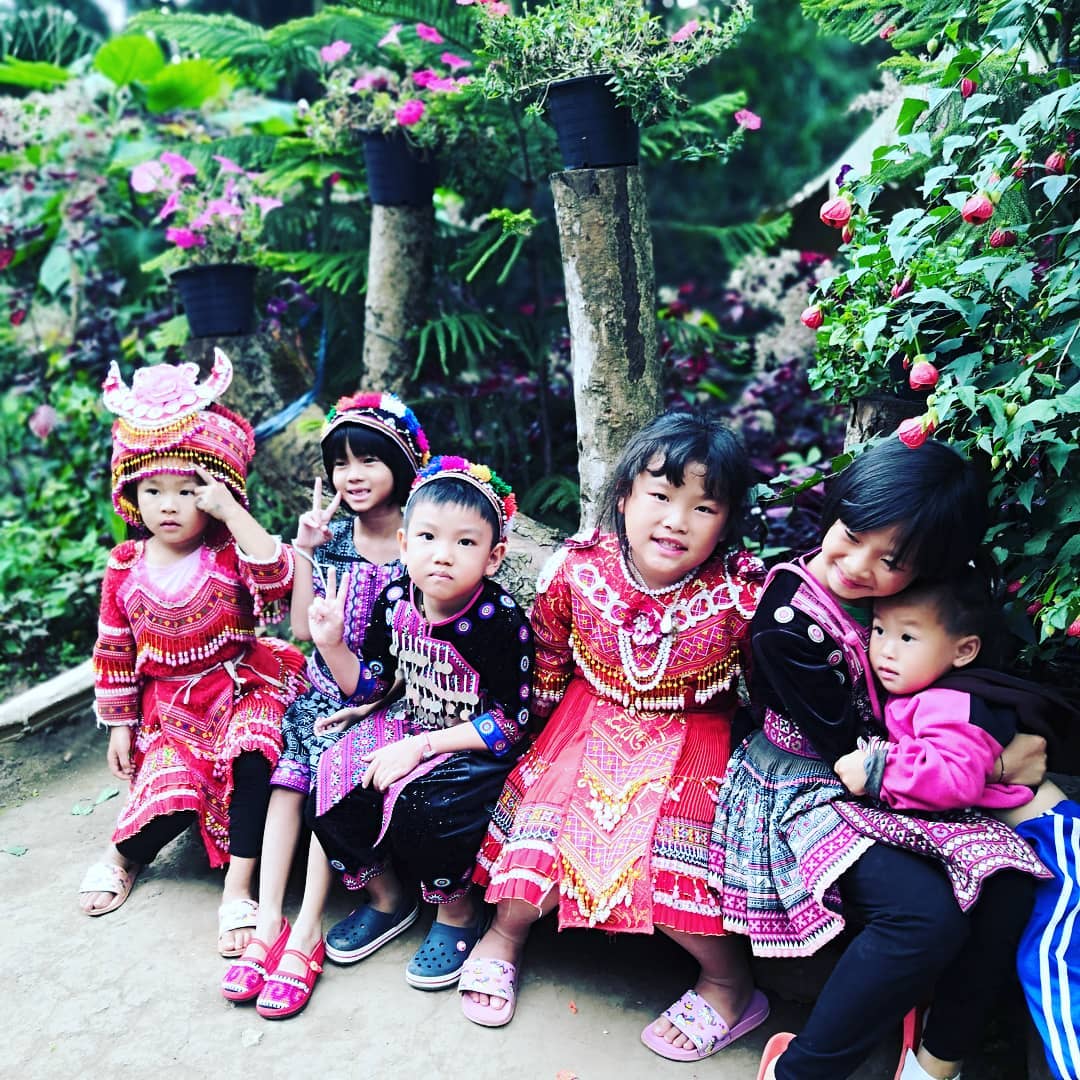
For the more energetic individuals, there are also hike and bike ride tours available for you to soak in the natural beauty of Doi Suthep – Pui National Park. There are hikes that start at Mon Tha Than Waterfall, wind their way through the lush vegetation of the park for you to enjoy the scenery and end at the summit of Doi Suthep and its Wat Phra That. Other hike trips allow you to make a detour at a local tribe village and summit Doi Suthep’s twin, Doi Pui. As for bike ride tours, they range from beginner to experienced level, and most of them are downhill rides, so choose your tour accordingly.One more fantastic option for you to consider is a night time visit to Wat Phra That Doi Suthep. At night, the temple and the city of Chiang Mai below are showered in a symphony of illumination. During night time, the gilded structures shine divinely amidst the dark surrounding, further accentuating the dream-like and mystical feel of the temple. Once there, you have a chance to see Chiang Mai lit up by night lights and sprawl in front of you like one’s dreamscape. These trips grant you access to a Buddhist service at the temple and you will be guided around the complex.